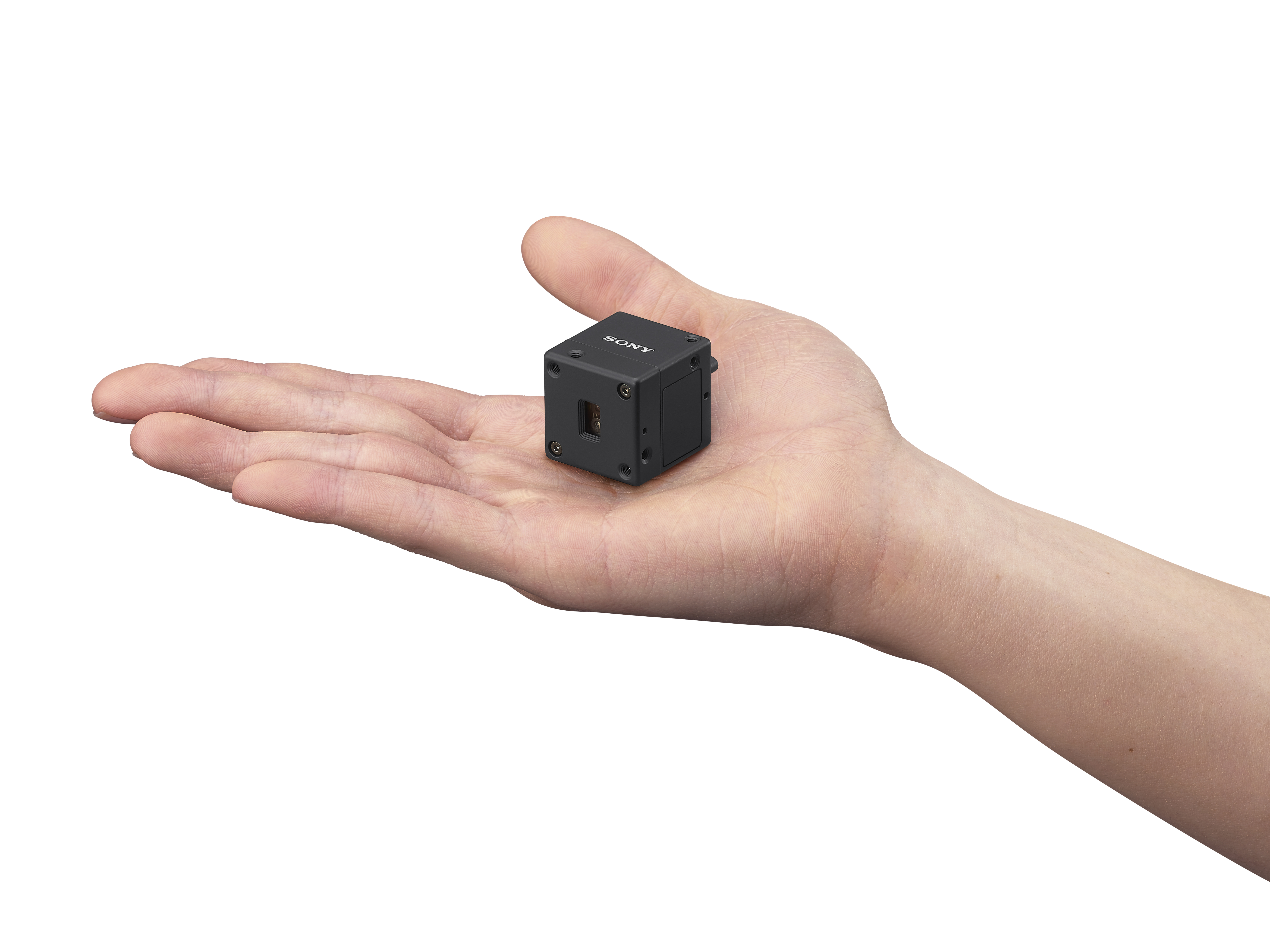Grass Valley's 3G Transmission
In most live sports and entertainment productions, transmitting camera signals from designated camera positions (either fixed or roving) back to the on-site production truck has always been a major challenge, given the amount of signals that need to be transported and the extreme conditions that production crews face on a daily basis. Triaxial, or triax, cable is still the most often used cable due to its durability, and is often dictated by the fact that many older venues are prewired with coaxial video cabling.
However, with the demand for bandwidth-intensive, HD productions (up to the full native 1080p/60 resolution) has come a need for a better way to send these larger (more data) signals farther than is possible over traditional HD triax. Therefore, fiber-optic cabling has been configured for live production and has helped solve logistical issues involved with live single- and multi-site projects.
Venues that host television productions will usually have triax or fiber running from the location of the mobile truck to common camera locations throughout the building. This makes it easy for production crews to simply plug into existing cable runs, instead of having to run their own and tear them down after the shoot. While most new venues built today are prewired with dark fiber because of their multipurpose applications, many older stadiums and arenas continue to rely on the robust and proven triax cables — with some infrastructures more than 10 years old.
Today, these two types of signal transmission systems have more or less split the market into two segments — similar to the 1080i and 720p HD format debate. This has forced mobile production companies to have to maintain trucks in their fleet that are compatible with either triax or fiber and then send out the appropriate truck as the venue dictates. It's also required them to buy separate transmission systems for their cameras, at considerable expense, to be able to accept high-profile projects they didn't want to lose.
3G Transmission solution
The camera engineers in Breda, The Netherlands — where Grass Valley cameras are designed and crafted — have been developing different technologies for sending camera signals (and related control commands) since the early 1990s. In 1992, the camera excellence center development team received the Outstanding Achievement in Technical/Engineering Development Award from the National Academy of Television Arts & Sciences for its co-development of triaxial cable technology for color television cameras. This innovation helped eliminate the nightmare of multicore cables in studios.
After years of working with both respective transmission technologies (e.g. Grass Valley was the first to transmit 1080p50/60 to the camera base station natively), the company has created a solution that takes away the limitations and differences between triax and fiber connectivity and merges the benefits of both into a single digital transmission platform, called 3G Transmission. “3G” stands for the third-generation transmission system. After transitioning multicore to triax and triax to HD triax, we're now making available 1080p50/60 transmission over fiber or triax with the same flexibility and number of available return signals. Available in either triax or fiber versions, 3G Transmission can accommodate any 1.5Gb/s and 3Gb/s format, while allowing users to utilize the same LDK 8000 Elite or LDK 4000 Elite camera heads for either of the two infrastructures. The 3G triax or fiber module simply snaps on the back of the camera's head, and the operator is ready to work.
Get the TV Tech Newsletter
The professional video industry's #1 source for news, trends and product and tech information. Sign up below.
The system allows any choice of transmission cable to carry either 1080i, 720p or 1080p50/60 HD video (along with a full set of transmission features and diagnostics). The system is also ready for multiplexed pairs of 720p or 1080i HD signals for stereoscopic 3-D applications. As an added benefit, it extends the range of triax coverage by 25 percent, to a conservative minimum of 4921ft — closely replicating the performance of SMPTE hybrid fiber while getting more out of those preinstalled cables. 3G Transmission also stands up well under various weather and other environmental conditions, which is equally important to signal support.
In addition to the camera's digital video output, the system carries four digital audio channels back to the base station as two AES/EBU pairs as well as embedded within the HD-SDI digital video signal. Two independent HD video returns can be sent to the camera for operator monitoring and, for example, a stage-floor monitor, at the same time. The solution also provides talkback and a data channel for camera control, communication with robotics, real-time graphical overlay processing data channels or remote alignment of a stereoscopic rig.
For production companies, the system makes sense because it protects the investment in a camera transmission system by allowing operators to work in virtually any venue and have the comfort of knowing they can work with all types of SD, HD and even 3-D clients — today and tomorrow. It's important to future-proof the equipment as much as possible because broadcasters will continue to demand an ever-wider variety of production formats. A 3G Transmission system safeguards the initial investment by offering the maximum flexibility possible so that users can produce different jobs on different days with the same equipment.
It's often been said that technology should not dictate the project — the creative vision should. As the production industry continues to meet the challenges of the latest advances in video production, it needs systems that are as flexible as possible so that the barriers to successful project completion are minimized. By introducing 3G Transmission solutions into the live production industry, we're moving closer to a transmission-agnostic world — one with fewer limitations. That's good for signal quality, wide-ranging client demands and capital investment.
Marcel Koutstaal is senior vice president, cameras, Grass Valley.
